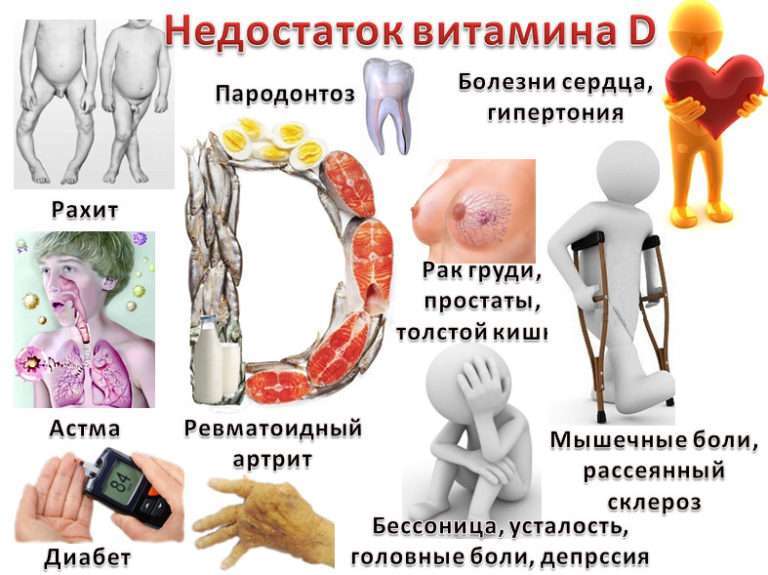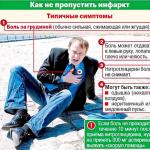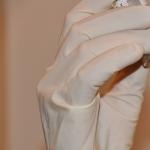Everyone knows that calcium or Calcii carbonas, Ca is one of the main components in the construction of our bones and teeth. Also, its participation is huge in the composition of the blood, the activity of the heart muscle, in the strength of nails, the beauty of hair and skin. The lack of this macronutrient can lead to serious consequences. But with the timely detection of such a problem, the treatment will be simple and the disease will quickly recede.
To maintain the strength of bones, nails and the beauty of skin and hair, an adult body requires a certain amount of calcium. This amount is called the daily rate. The daily calcium intake for children under one year of age is 500 to 700 milligrams of Ca per day.
Children from one to seven years old need 750-900 mg, while a teenager will need more - from 900 to 1000 milligrams. And for an adult, a formed organism, at least 1100-1200 mg.
Milk, of course, does not contain as much of this building material as cheeses and sesame seeds, but in an ideal combination with phosphorus, they enable the body to quickly and easily assimilate each other. If you or your child will drink daily from half a liter to 700 ml of milk or other milk drinks per day, be sure that your bones, blood, teeth and hair will always be in order. This does not apply to those people who cannot tolerate milk protein. In this case, you will need to consult a doctor and take special medications.
There are several signs by which you can determine that your body lacks Calcii carbonas. Calcium deficiency in the body can manifest itself:
- Irritability, nervousness, weakness, fatigue and anxiety;
- Muscle spasms, cramps, trembling of hands and feet, constipation and colitis;
- The elasticity of the skin decreases, the nails become brittle, the teeth begin to hurt, crumble, blacken. In young children, flat feet and scoliosis begin to develop very quickly;
- Potential smokers are much more likely to be deficient in this element;
- A sudden desire to use chalk;
- Numbness of the limbs of the legs and arms, parts of the face;
- Deformation of bones, their fragility, cracks;
- Frequent illnesses, non-clotting of blood, bleeding gums.
This condition is called hypocalcemia.

Calcium: deficiency in the body, treatment
If you passed the tests, and it turned out that there is not enough calcium, the doctor will prescribe not only the required treatment, but also recommend to properly organize your diet. After all, sometimes it is enough to start consuming the right foods in sufficient quantity and variety to bring the state of the body back to normal.
- With a chronic lack of calcium, as a rule, the intake of drugs such as Ca, vitamin D3, as well as foods that contain trace elements, vitamins, which contribute to the quick and easy absorption of this building material, is prescribed;
- If an acute shortage is detected, patients are admitted to the inpatient department without delay. A full medical course of treatment will be carried out here. Remember that such a disease as hypocalcemia cannot be started and ignored in any case.
More recently, calcium gluconate has been the most prescribed drug. Yes, its action is studied and proven. But its digestibility is not high enough, and there is a risk of kidney stones. Now, most doctors recommend taking calcium citrate. It dissolves perfectly in water, and is not affected by gastric juice.
This video provides information about lack of calcium in the body. How to avoid calcium deficiency?
Where is calcium found, in what foods?
From childhood, we are taught to eat various curds, kefir, yogurt and milk. And it is right. It is dairy and sour-milk products that contain not only a large amount of this necessary macronutrient, but also phosphorus, thanks to which it is absorbed by our body in full.
But still, there are products with a high content of Calcii. For example, poppy and sesame seeds in 100 grams contain up to 1500 mg of Ca, and by using just a tablespoon, you provide yourself with the daily norm of this macronutrient.
Of the most commonly available products, it is worth highlighting hard cheeses, especially Dutch, fresh parsley and dill, basil, spinach, and soy. Do not forget about legumes, lettuce and cabbage, cheese, rose hips, hazelnuts and almonds. It is enough to use these products as often as possible.

Where is calcium found, in which products: table
Before you look at the list of foods containing calcium, remember that smoking, alcohol, and caffeine in no way contribute to its absorption. Carbonated sugary drinks and sweet, flour products will also not benefit your body. And diuretics quickly and in large quantities remove it from the body. The list of products is quite extensive, so everyone can choose what he likes.
|
The product's name |
|
|
Dried dill, thyme |
|
|
oregano, sage |
|
|
Poppy, sesame |
|
|
Fresh herbs (dill, basil, parsley) |
|
|
Hard cheeses (45-50% fat) |
|
|
Powdered milk (15%) |
|
|
young nettle |
|
|
Canned food (in oil) |
|
|
White beans |
|
|
Turnip (tops) |
|
|
Fat-free kefir |
|
|
Cottage cheese, yachka (groats) |
There is an opinion that eggshell helps to saturate our system with calcium. The truth is only that the shell really consists of more than 85% of this element, but its digestibility is very low. Therefore, it is absolutely not necessary to eat shell powder, it is easier to buy a vitamin complex with properly selected micro and macro elements, enzymes and vitamins, which, interacting with each other, will help strengthen bone tissues, improve the functioning of the nervous system, improve skin, hair.
This video is about the role Calcium (Ca) in the human body - the main functions.Signs of deficiency and excess of calcium in the body.Recommended daily intake of calcium for children and adults. Be sure to leave your questions, wishes and


